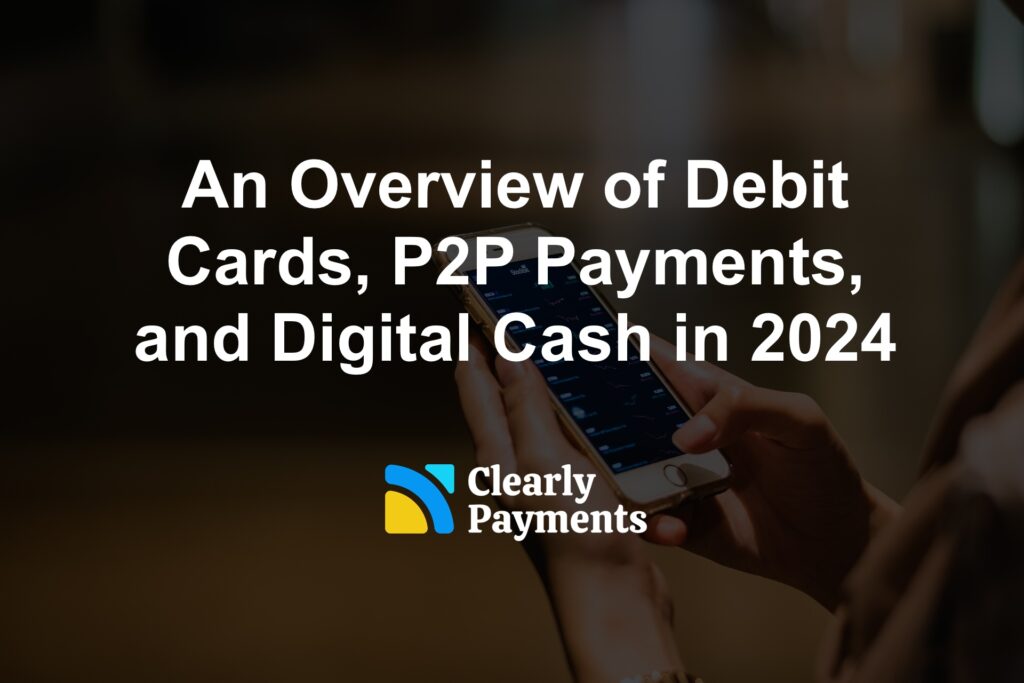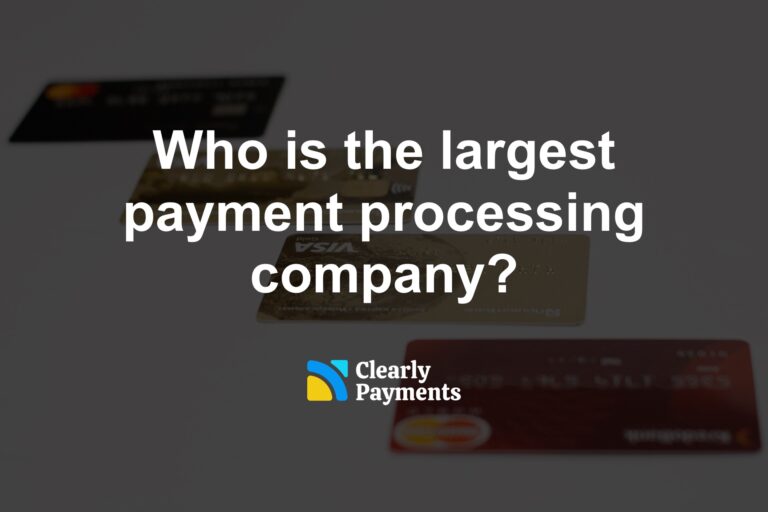Debit payments, peer-to-peer (P2P) money transfers, and digital cash have been evolving at a good pace over the past 10 years. This has been changing how individuals and businesses manage their finances and pay for goods and services. There is an overall significant decrease in the use of physical cash in favour of using digital methods. This article explores the innovations in these areas, along with statistics.
Summary of Statistics in this Article
- In the United States, contactless payments accounted for 34% of all debit card transactions in 2023, a significant increase from 19% in 2020.
- According to Visa, tokenized transactions accounted for 85% of all mobile debit transactions in North America in 2023.
- By 2023, it was estimated that 67% of global consumers had used a digital wallet, with debit cards being the most commonly linked payment method.
- In 2023, Venmo processed over $245 billion in transactions, a 32% increase from the previous year.
- World Bank data indicates that global remittances reached $794 billion in 2023.
- Over 15,000 businesses worldwide accept Bitcoin payments as of 2024.
- According to the Bank for International Settlements (BIS), 114 central banks, representing over 95% of global GDP, were engaged in some form of CBDC research or development by the end of 2023.
Trends in Debit Payments
Debit card payments have long been payment method, offering a straightforward and secure method for consumers to access their funds. However, the past few years have witnessed an evolution in debit payment technologies, driven by the convergence of mobile technology, biometrics, and enhanced security protocols.
Contactless Payments and Tokenization
One of the biggest changes in debit payments is the rise of contactless payments. As of 2023, over 79% of debit card transactions in the United Kingdom were contactless, compared to just 7% in 2016. This surge can be attributed to consumer demand for speed and convenience, particularly during the COVID-19 pandemic, which accelerated the adoption of contactless technology globally. In the United States, contactless payments accounted for 34% of all debit card transactions in 2023, a significant increase from 19% in 2020.
Tokenization has further enhanced the security of debit payments. By replacing sensitive card information with a unique token, financial institutions have reduced the risk of fraud. According to Visa, tokenized transactions accounted for 85% of all mobile debit transactions in North America in 2023, reflecting the growing reliance on this technology.
Integration with Digital Wallets
The integration of debit cards with digital wallets has also been a game-changer. Platforms like Apple Pay, Google Pay, and Samsung Pay have enabled consumers to link their debit cards to their smartphones, facilitating seamless transactions both online and in physical stores. By 2023, it was estimated that 67% of global consumers had used a digital wallet, with debit cards being the most commonly linked payment method.
P2P Money Transfers
Peer-to-peer (P2P) money transfers have emerged as a key component of the digital economy, enabling individuals to send and receive funds instantly without the need for traditional banking intermediaries. This market has expanded rapidly, driven by the convenience, speed, and low cost of these transactions.
The Rise of P2P Platforms
Cross-Border P2P Transfers
The global nature of P2P transfers has also seen significant growth, particularly in the context of cross-border remittances. World Bank data indicates that global remittances reached $794 billion in 2023, with P2P platforms playing a crucial role in facilitating these transfers. For instance, PayPal’s Xoom service, which specializes in cross-border P2P transfers, reported a 20% increase in transaction volume in 2023.
The adoption of blockchain technology has further revolutionized cross-border P2P transfers. Blockchain-based platforms, such as Ripple, have reduced the cost and time associated with international transfers. In 2023, the average cost of a cross-border P2P transaction using traditional methods was 6.5%, while blockchain-based transfers averaged just 2%, according to the International Monetary Fund (IMF).
Digital Cash: The Future of Money
The concept of digital cash has evolved from a niche idea to a mainstream reality, with central banks and private companies exploring various forms of digital currency. Digital cash, whether in the form of cryptocurrencies or central bank digital currencies (CBDCs), promises to redefine the future of money.
Cryptocurrencies: A Decade of Growth
Cryptocurrencies, led by Bitcoin, have seen remarkable growth over the past decade. As of 2024, the global cryptocurrency market capitalization stands at approximately $1.7 trillion, with Bitcoin alone accounting for over 50% of this value. The adoption of cryptocurrencies as a medium of exchange has also increased, with over 15,000 businesses worldwide accepting Bitcoin payments as of 2023.
Stablecoins, a subset of cryptocurrencies pegged to traditional currencies like the US dollar, have gained significant traction due to their price stability. Tether (USDT) and USD Coin (USDC) are the leading stablecoins, with a combined market capitalization exceeding $100 billion in 2023. These digital assets are increasingly being used for remittances, online purchases, and even as collateral in decentralized finance (DeFi) platforms.
Central Bank Digital Currencies (CBDCs)
Central banks around the world are actively exploring the issuance of CBDCs as a digital alternative to physical cash. According to the Bank for International Settlements (BIS), 114 central banks, representing over 95% of global GDP, were engaged in some form of CBDC research or development by the end of 2023.
China has been at the forefront of CBDC development, with its Digital Yuan (e-CNY) being piloted in various cities since 2020. By 2023, over 260 million people had opened e-CNY wallets, conducting transactions worth over $1 trillion. The European Central Bank (ECB) is also advancing its plans for a digital euro, with a potential launch date in the late 2020s.




